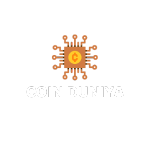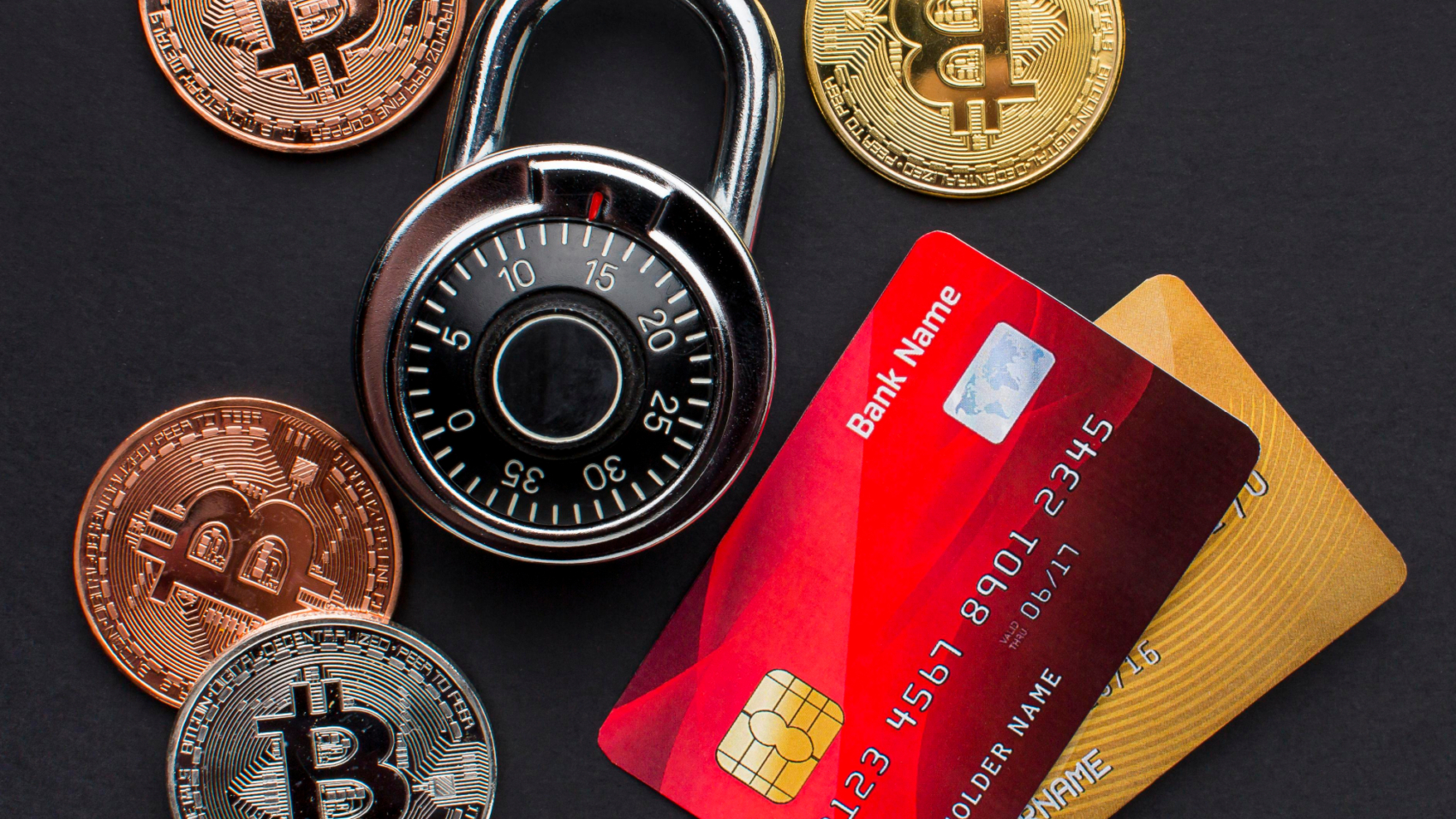Key takeaways
- Early exposure to blockchain helps kids develop essential digital-first skills.
- Setting up a MetaMask wallet is an educational and hands-on introduction to crypto.
- Blockchain offers opportunities for creativity, financial literacy and strategy through NFTs and GameFi.
- Parental supervision is crucial to mitigate risks such as scams, volatility and unethical practices.
It’s no secret that children learn more efficiently than adults. This trait is a neurochemical advantage that, aside from the basics such as learning new languages and instruments, allows children to pick up new technologies much faster than their parents, as their brains are highly adaptable and efficient in acquiring new skills.
Therefore, many are eager to introduce their children to environments that nurture skills they’ll find invaluable later in life. The only issue is handing them an iPad might not be enough. Indeed, having a tech whiz in the younger ranks of the family isn’t as rare as it once was, with so many kids now leveling the playing field.
One technology that parents might not have considered in the quest for developing a child’s “edge” is cryptocurrencies and blockchain technology.
With continent-wide regulatory frameworks emerging, Bitcoin BTC 
With only 6.8% of the global population owning cryptocurrencies — yet up 34% from 2023 — it might be time to introduce your child to this space. And it all starts with setting up a crypto wallet.
Can children even use crypto?
It’s somewhat of a gray area. Many crypto exchanges are bound by Anti-Money Laundering (AML) and Know Your Customer (KYC) regulations, which require them to verify users’ identities to ensure they meet the legal age requirements and prevent issues such as fraud.
But if that were really the case across the board, then how did a 13-year-old — aka Quant Kid — manage to create his own memecoin on Solana, build a community around it, only to withdraw the entire project’s liquidity in November 2024 and pocket around $30,000?

Centralized exchanges and wallets only make up one-half of the industry. These are the regulated, compliance-focused side of crypto designed to operate within the boundaries of legal systems and provide a controlled environment for buying, selling and holding digital assets.
The other half? That’s the decentralized, permissionless world of blockchain. In this realm, anyone with an internet connection can create a wallet, interact with decentralized applications (DApps), and even launch their own tokens — all without submitting personal information or verifying their age.
The latter is not only accessible to your child but also offers countless opportunities to learn.
While stealing investor funds is, of course, not the opportunity you should emphasize during the “crypto conversation,” it’s worth noting that for Quant Kid to reach that point, he would have needed an understanding of cryptocurrency fundamentals, smart contracts, tokenomics, liquidity pools, social media engagement strategies, DApps and blockchain explorers.
It’s a lot of very useful information for a 13-year-old in 2024.
As long as parents instill an understanding of ethics, security practices and potential dangers, a crypto wallet can be set up for a child. This wallet can serve as the foundation for a learning journey that, when accelerated by “neuroplasticity,” will prepare them for the world of Web3.
Did you know? At just 12 years old, Eric Finman began investing in Bitcoin and went on to become one of the youngest cryptocurrency millionaires by the age of 18, showcasing the power of early adoption and foresight in the crypto world.
What age should a child get a crypto wallet?
While there is no universal minimum age for owning a crypto wallet, parents can open accounts on their child’s behalf, similar to a joint bank account. For instance, to access Coinbase services, users must be at least 18 years old, as many crypto platforms set age restrictions to comply with legal requirements.
In most cases, a child can start using a wallet under parental supervision at a young age, but it’s crucial to choose platforms that allow minors to access services with parental consent.
However, it’s essential for parents to educate their children about safe usage and monitor their activities closely.

How to set up a crypto wallet for your child
Setting up a MetaMask wallet is a simple, hands-on way to introduce your child to the world of Web3.
While there are many wallets on offer, MetaMask is a decentralized wallet that’s free, requires no personal information, and opens the door to exploring blockchain apps safely and responsibly. It’s also the most widely used crypto wallet.
Here’s how to get started and what they’ll learn in the process.



A wonderful serenity has taken possession of my entire soul, like these sweet mornings of spring which I enjoy with my whole heart. I am alone, and feel the charm of existence in this spot, which was created for the bliss of souls like mine. I am so happy.
my dear friend, so absorbed in the exquisite sense of mere tranquil existence, that I neglect my talents.
I feel that I never was a greater artist than now. When, while the lovely valley teems with vapour around me, and the meridian sun strikes the upper surface of the impenetrable foliage of my trees, and but a few stray gleams steal into the inner sanctuary.